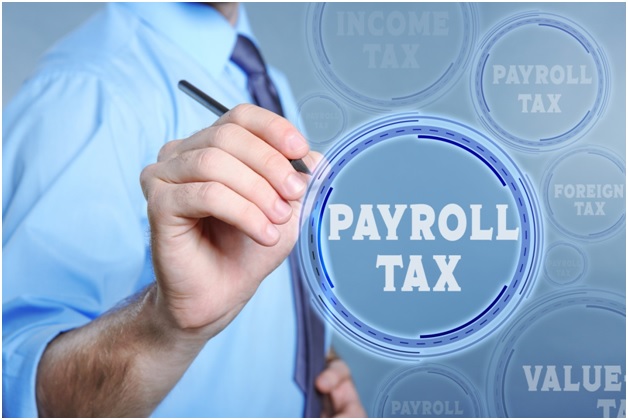
Payroll is one of the most stressful, time-consuming, and least exciting aspects of owning a business. At the same time, it’s important. Your employees want and deserve to get paid for their hard work.
Figuring out payroll taxes and the always-changing tax code is a huge burden to small businesses. About 40% of businesses spend two full workweeks each year just on federal taxes.
You can’t wait for the folks in Washington to get it together and simplify the tax code. Your only real option is to learn how to pay payroll taxes yourself. Well, click to read more, if you want to know about PEO services to fit your need.
Read on to learn all about payroll taxes.
Have the Basics Covered
If this is your first time doing payroll for an employee, you need to make sure that you have an Employee Identification Number from the IRS. This is like a social security number for your business.
When you’re doing payroll, you have to withhold taxes from your employees’ paychecks. You may also withhold for health care contributions or 401(k) plan contributions, too.
Understand the basic payroll terminology for federal taxes. You’ve seen OASDI, Social Security, Medicare, and FICA on paystubs. Here’s what they actually mean.
OASDI: Old-age, Survivors, Disability Insurance. It’s actually the official term for Social Security.
Medicare: This is the government healthcare program that you pay into your entire career. You can enroll in Medicare when you turn 65.
FICA: This is the Federal Insurance Contributions Act, which is the legislation that requires a percentage of earnings to be withheld from paychecks. The FICA tax combines the OASDI and Medicare with holdings.
Calculate Federal Taxes
There are a lot of components to federal payroll taxes. There are the employees’ with holdings for social security and Medicare. There are also federal income tax with holdings.
You need to withhold 6.2% of each employee’s earnings for Social Security up to earnings of $132,000.
You also have to withhold 1.45% for Medicare. If an employee makes more than $200,000, then an additional .9% is withheld.
As the employer, it’s your responsibility to withhold that money and send those funds to the IRS. It’s also your responsibility to pay 6.2% for Social Security and 1.45% for Medicare.
That may seem easy because you’re dealing with straight percentages. You still have to deal with federal income taxes. The amount withheld will depend on how much they make and how they filled out the W-4 form when they were hired.
Read also: To know more about 1099 form, please visit https://taxfyle.com/blog/what-is-a-1099-form/.
State and Local Taxes
You’re not off the hook learning how to pay payroll taxes. You still have state and local taxes. This will vary by your location. If you have remote employees, it will largely depend on where they live and work.
For example, if your business is in Oregon and you have remote employees in New Jersey, then you need to calculate New Jersey’s state taxes.
You want to make sure that you keep accurate records of your tax with holdings for you and your employees. Creating pay stubs like the ones from PayStubs.net can be a way to keep track of your payroll taxes.
How to Pay Payroll Taxes
After reading this, it’s no wonder why so many employers balk at payroll. It’s not easy to learn how to pay payroll taxes. It’s necessary to do because you don’t want to run into tax trouble down the road.
Do you want more helpful articles? Check out the tech section of this site for more useful content.




